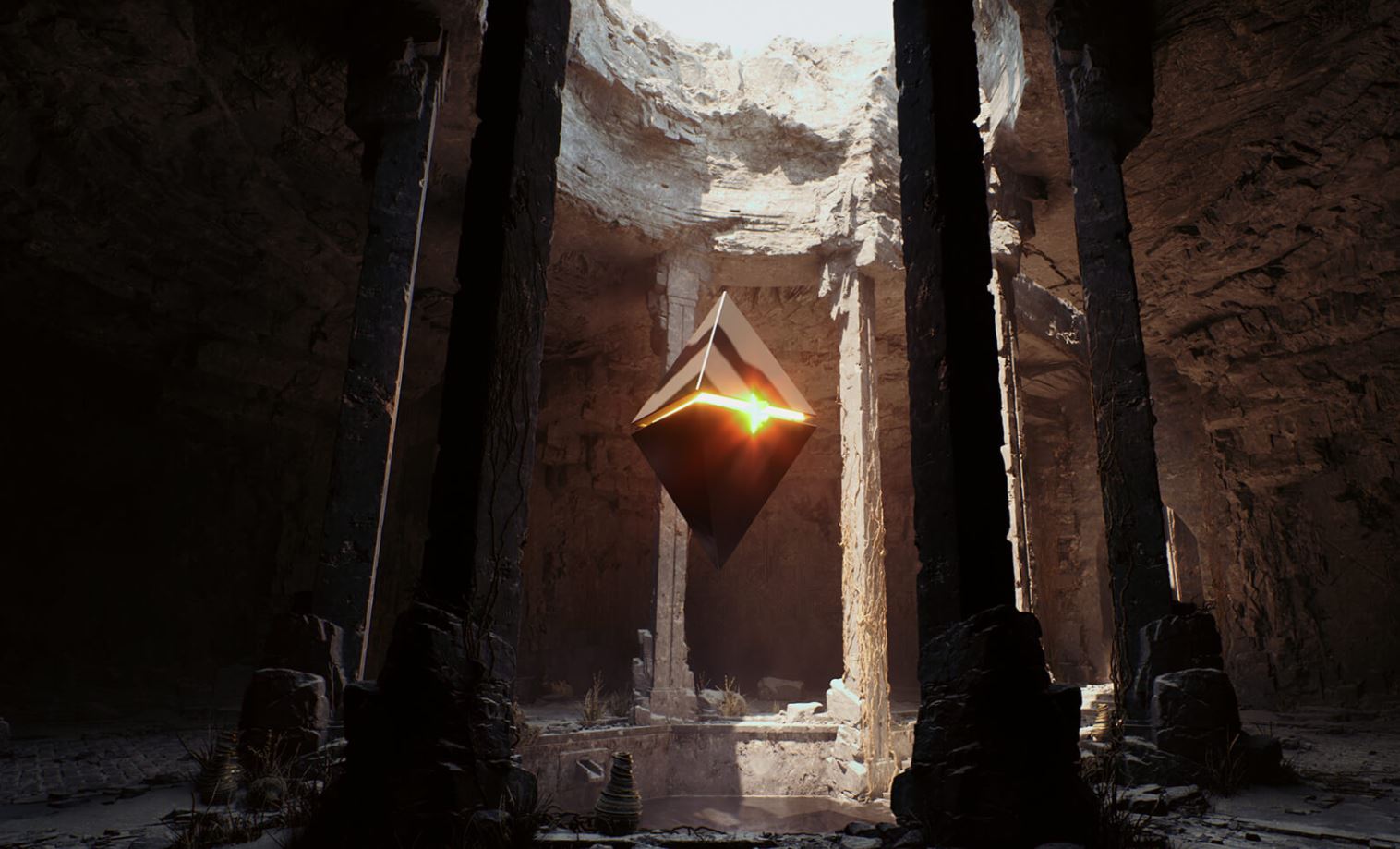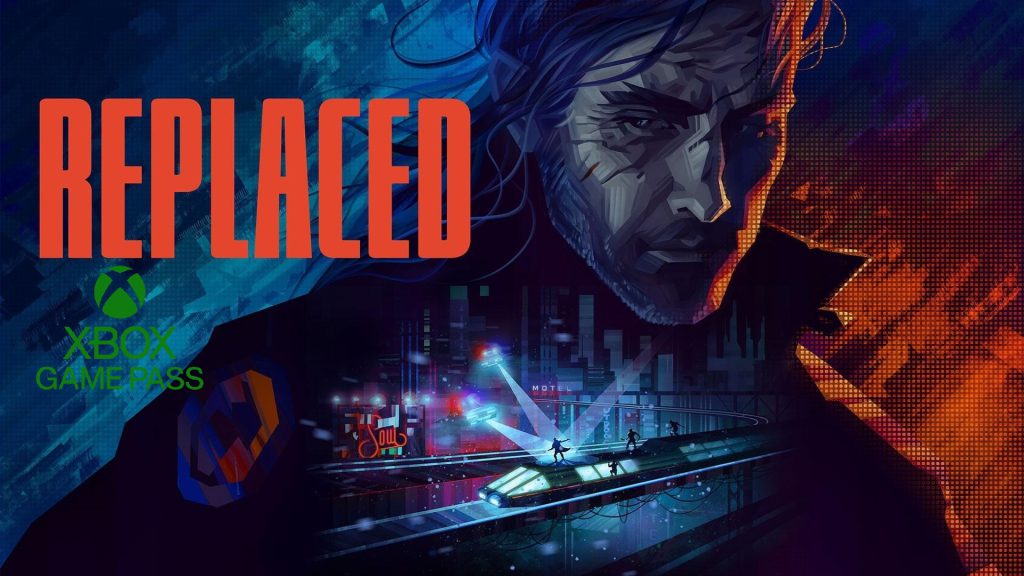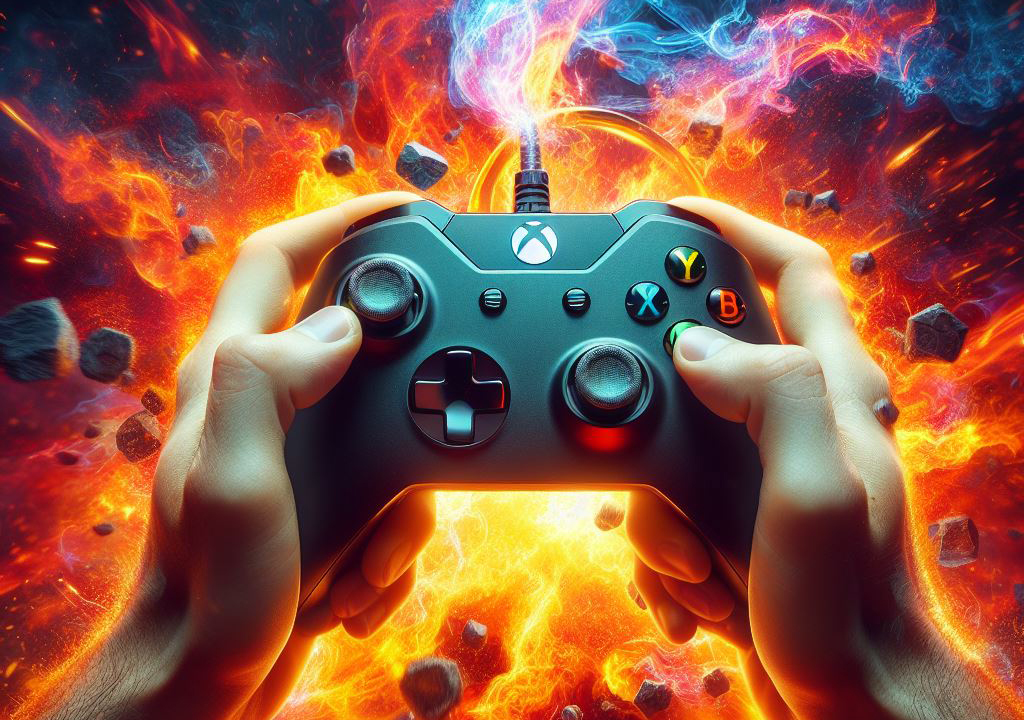Almost two years after its launch, Epic Games announces that Unreal Engine 5 is now available to everyone. The American company used a State of Unreal to make the news public and also to go back to the peculiarities of their in-house engine. And between (already) very widespread adoption by third-party studios and features that promise to be key, the new generation of Unreal Engine should once again shape the next few years of video gaming!
Bigger, prettier, stronger
In two generations of consoles, the Unreal Engine has become an industry staple. Indeed, with the Unreal Engine 3 and 4, Epic Games has seduced some of the biggest developers in the world and thanks to them countless games run. Available in Early Access since last year, Version 5.0 of the Unreal Engine is now being launched, marking a new stage in the company’s history.
Because in addition to its historical arguments, in particular its ease of use and ease of use for multi-platform developments, the Unreal Engine 5 relies on promising technical innovations. The State of Unreal was thus an opportunity to return to Lumen or Nanite, features already presented in the past and to support the other forces of the engine. Namely the giant bookseller Quixel Megascans or its in-house oversampling solution called TSR.
Unreal Engine 5’s Super Temporal Resolution is simply Epic Games’ answer to Nvidia’s DLSS. For example, from a high-resolution image, the engine can reconstruct its 4K equivalent for a result close to native resolution. The interest? Optimize the performance of the UE5 thanks to calculations performed on a resolution in 1080p, much less resource-hungry than 4K.
The Unreal Engine 5 already in the biggest studios
Another new feature that Epic Games relied heavily on for this presentation: MetaHuman. The company’s solution makes it possible to create highly believable human models at the level of a big-budget production in minutes. So much so that The Coalition also used this technology to create their stunning new demo The cave. Even though the creation of her character was already in full swing…
With all these arguments and more, the Unreal Engine 5 is at the center of many developments today. According to Tim Sweeney, President of Epic Games, 48% of featured next-gen games run on UE5.
On stage, Epic Games recalled that more than 80 studios already trusted him. CD Projekt Red for the next The WitcherCrystal Dynamics for the future Tomb Raider or Playstation Studios, Eidos Montreal, Remedy and so many others. And of course some of the manufacturer’s most prestigious Xbox Game Studios: Rare, Obsidian, The Initiative or even Rare and of course The Coalition.
Unreal Engine 5 is definitely not done bringing our favorite games to life.










